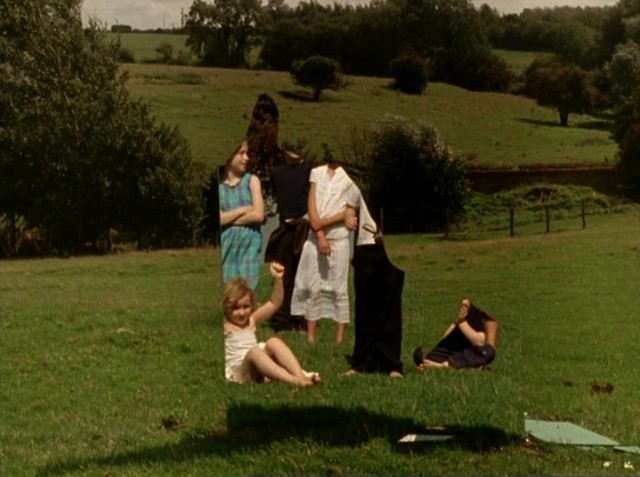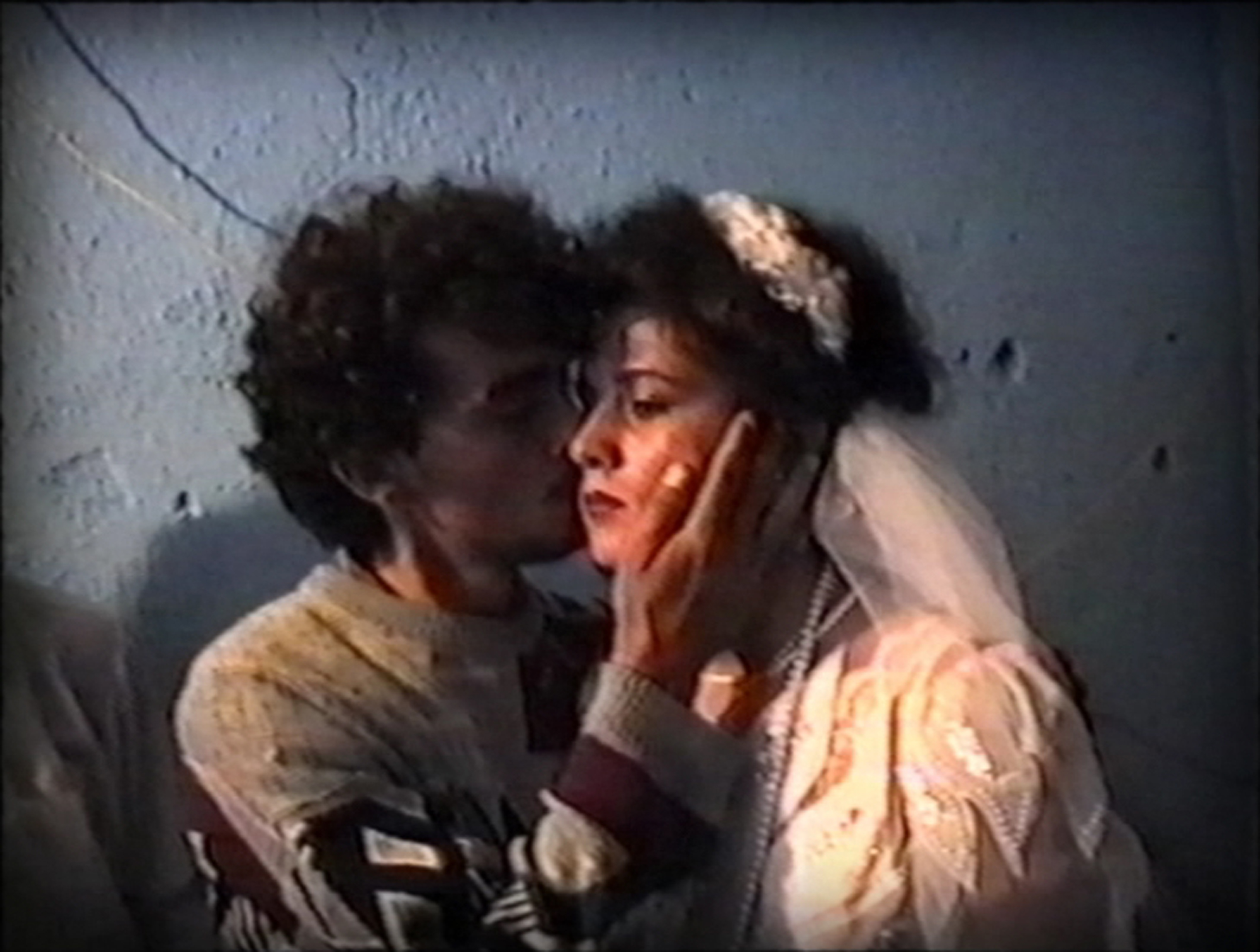“Lives in Transit,” the newest exhibit at the Musée d’art contemporain de Montréal, provides a unique look at the work of Albanian-born artist Adrian Paci. The exhibit, comprised primarily of video projections, is steeped in the artist’s personal cultural background, and the experience of living through violent conflict in Albania in the early 1990s.
Paci makes a bold statement by relying on the use of film as a medium. In fact, Paci himself has said that photography and painting are “primitive” artistic modes. This assertion seems appropriate, as the majority of his pieces depict scenes of transition that could not have been captured as aptly in a single photograph or painting. He manifests this idea by juxtaposing The Visitors, a four part video installation of a wedding procession with Façade and Passages which are located across the gallery. Both of the latter consist of panels of a film strip-esque series of stills, one frame next to the other. Paci intriguingly uses art to critique the media forms themselves, mocking non-video forms and elevating the purpose of his exhibition.
There is no doubt that media inspired by new technologies have given artists diverse tools to capture different moments of life; however, Paci’s theme of transits lacks direction and clarity. In The Visitors, he attempts to communicate the manner in which an entire Albanian community plays a role in a bride’s wedding procession, without ever portraying the actual wedding. But the jump from watching the filmed procession of figures in the countryside to recognizing, interpreting, and appreciating the value of the ceremonial tradition is somewhat challenging. Similarly, Inside the Circle, a black and white video projection of a nude woman pursuing a horse, fails to draw attention or make a connection to the exhibit’s wider theme of life transitions, experiences, or Albanian culture. This piece would have benefited from deeper explanation and analysis, and without it, the viewer is left wondering what sort of bizarre life metamorphosis it is intended to represent.
Equally puzzling was one of the main pieces designed specifically for this exhibition, The Column. The piece is a video projection showing Chinese workers carving a marble pillar from a block while on a factory boat at sea. While Paci’s work clearly exemplifies the concurrent nature of everyday processes, his example of the column, shown in a slow-paced 25-minute film, does not share a deep connection with the themes of the exhibition, and fails to arouse any real emotion. Paci’s Vajtojca also leaves the viewer confused as to the seriousness of the sentiments of the ‘transits.’ In this piece, the artist is filmed staging his own death rites, only to wake up in the end in a quasi-satirical way as lively music beings to play.
Paci devotes an excessive number of his creations to the motif of marriage as vital life ‘transit.’ While this may ring true for some viewers, Paci’s pieces centering on weddings only reaffirmed the superficiality of the tradition of marriage. In Last Gestures particularly, Paci focuses on the critical moments before a young woman leaves her family forever to enter marriage, slowing down the looped videos to a painfully sluggish rate, seemingly highlighting the critical importance of a life transition that no longer retains the same significance in the modern age as it long did.

Overall, Paci’s focus on the superiority of certain art media contributes to an atypical exhibition that is refreshing in some senses. Ironically, in line with Paci’s claim of the inadequacy of still-life representations, the photos of “Lives in Transit” in the museum’s promotional material fail to do justice to the film-based exhibition, giving the show a banal appearance. Furthermore, in asking us to appreciate the life transitions he finds most important, Paci leaves viewers discombobulated by his diverse examples which together fail to deliver a coherent narrative. In fact, it comes across as inappropriate that emotion-evoking examples of a younger generation’s trauma in a war-torn nation are compared to a staged death ceremony and the hollowed-out significance of the common marriage ceremony.
“Lives in Transit” will be on display at the Musée d’art contemporain de Montréal (185 Ste. Catherine W.) until April 27.
